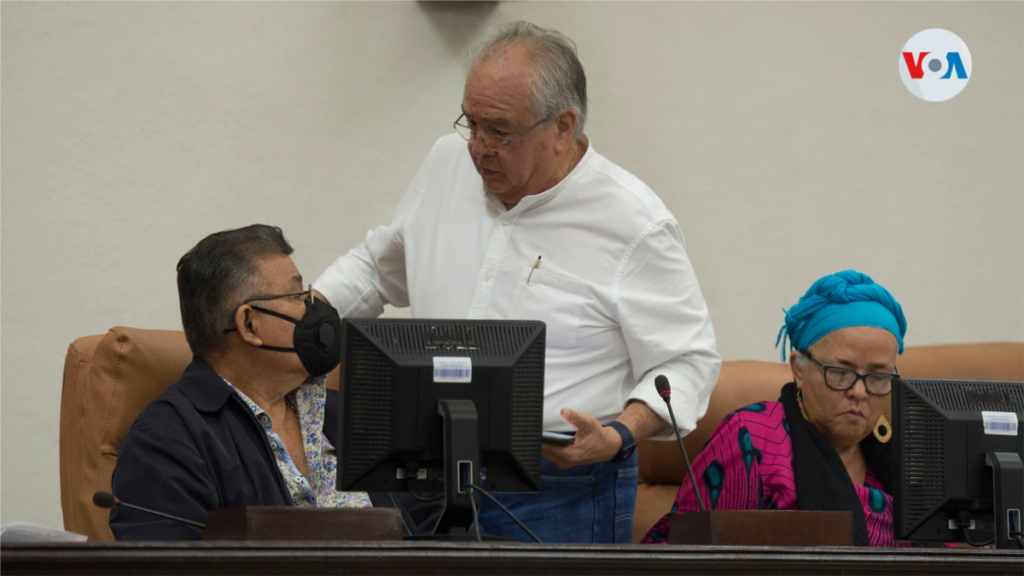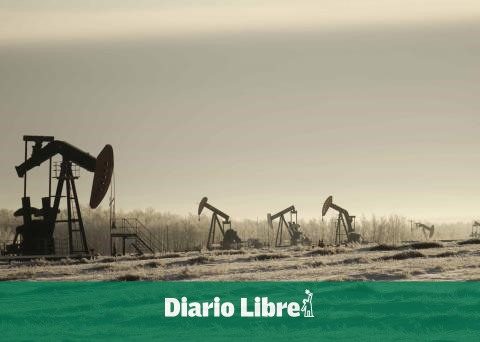The Conference of the Parties to the Convention on International Trade in Endangered Species of Wild Fauna and Flora (19th CoP CITES), this year will take place from November 14 to 25 in the Panamanian capital.
For this reason, Panama, as the host country, officially launched the logo with which it seeks to publicize how the Panamanian isthmus has played a decisive role in the crossing of species of fauna and flora since its appearance, millions of years ago, from a end to end of the American continent.
The event will bring together about 3 thousand people; all linked to the issue of conservation and international trade of wild species and will be attended by delegates from the European Union and the 183 signatory countries of CITES.
CITES Secretary General, Ivonne Higuero, said that, “I am very grateful to the Government of Panama for its generous offer to host this meeting of the Conference of the Parties. This is a critical meeting, where much will be decided in order to continue safeguarding the future of Earth’s wildlife. I personally look forward to the opportunity to work with the delegated experts with a view to ensuring the conservation and sustainable use of CITES-listed species.”
Milciades Concepción, Minister of the Environment, assured that the Panamanian government feels honored to host this meeting of distinguished personalities from the world of wildlife conservation. “With this great event, Panama will have the opportunity to show the world its potential in biodiversity and logistics capacity. The logo in its context visualizes the American continent, a complete area of transit for wildlife, both terrestrial, marine and aquatic”, pointed out the environment premier.
The image contemplates an almond tree plant that represents the flora, symbolized through a branch and its flower, and that focuses on a possible opportunity to make changes in its category since it is currently in Appendix III for Costa Rica. and Nicaragua, and it is desired to move to Appendix II so that it is binding on the rest of the countries.
In representation of the fauna, several species were contemplated. The jaguar, a species that appears in Appendix I that prohibits its international commercialization and that represents regional conservation, since, by protecting the jaguar and its ecosystems, all the species in the distribution area of said feline are conserved.
The frog, for its part, frames the amphibian proposals that are to be discussed in order to place them in Appendix II, and thus help in the conservation of species in danger of disappearing.
Marine species are represented in the shark, whose populations have been depleted by counterproductive actions to conservation and illegal, unreported and unregulated fishing.
Finally, there are the birds, represented by the majestic quetzal, a species found in Central America, which symbolizes the entire group of birds that are currently highly threatened by illegal trafficking.











